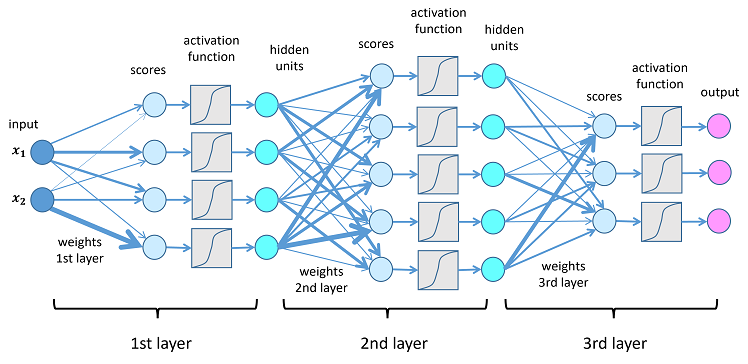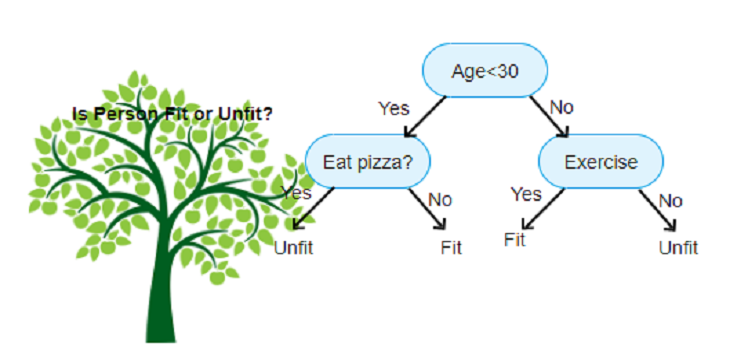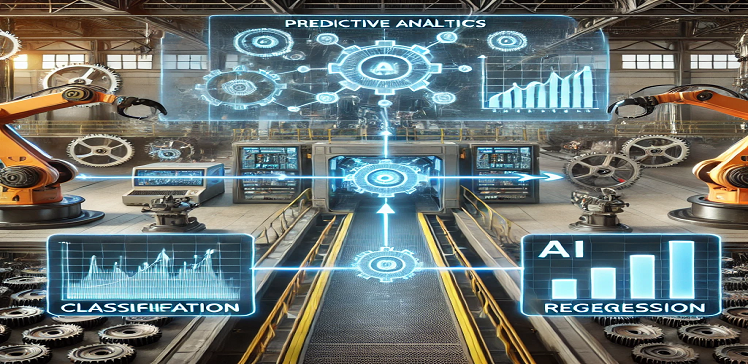- 31 Airport Road, by Old Airport, Delta, Nigeria
- [email protected]
Neural Networks Beyond Logistic Regression

Neural Networks Beyond Logistic Regression
Description:
Neural networks are often compared to logistic regression models due to their structural similarities. However, neural networks extend far beyond logistic regression in their capacity to model complex, non-linear relationships and automate feature learning. This article explores the architecture, learning capabilities, and automatic feature engineering of neural networks, highlighting their strengths over simpler models like logistic regression.
Introduction
Neural networks are powerful machine learning models that excel at capturing complex patterns and automating feature learning. While they are often likened to logistic regression models, their architecture and learning mechanisms allow them to surpass traditional models in handling intricate relationships within data. This article delves into the essence of neural networks, their self-learning capabilities, and their superiority in automating feature engineering.
1. The Essence of Neural Networks
A neural network comprises multiple layers of artificial neurons, each performing computations on input data. At its core, each neuron calculates a weighted sum of inputs, applies an activation function, and passes the result to the next layer.
In logistic regression, a single neuron applies the sigmoid activation function to determine a probability output. Neural networks, however, can leverage various activation functions (e.g., ReLU, tanh) and architectures (e.g., deep layers, convolutional layers) to efficiently process complex data. This flexibility allows neural networks to capture intricate patterns that simpler models like logistic regression cannot.
2. Self-Learning Capability
One of the most significant advantages of neural networks is their ability to learn autonomously. Through a process called backpropagation, the network adjusts its weights and biases to minimize prediction errors.
This learning process is driven by optimization algorithms like gradient descent. Neural networks continuously improve their performance as they process more data. Unlike traditional models that require extensive manual tuning, neural networks can learn feature representations without explicit human intervention. This self-learning property is why deep learning excels in domains such as computer vision, natural language processing, and speech recognition.
3. Automating Feature Engineering
Feature engineering—the process of selecting and transforming input data to improve model performance—is often one of the most time-consuming steps in traditional machine learning.
Neural networks, particularly deep learning models, revolutionize this process by automatically extracting relevant features from raw data. For example, convolutional neural networks (CNNs) learn to detect edges, textures, and objects without predefined rules in image recognition tasks. Traditional models require manually crafted features, making them less adaptable to new data variations. The ability of neural networks to perform hierarchical feature extraction reduces the need for domain-specific expertise in feature design.
4. Achieving Superior Predictions
Neural networks consistently demonstrate their superiority when handling large, complex datasets.
Their ability to model intricate relationships and interactions between features enables more accurate predictions in various domains, from healthcare diagnostics to financial forecasting. However, "better predictions" are context-dependent. Simpler models like logistic regression may still be preferable for small-scale problems where interpretability and computational efficiency are crucial.
Conclusion
Neural networks represent a paradigm shift in machine learning, offering unparalleled capabilities in feature learning, adaptability, and predictive accuracy. While logistic regression serves as a foundational concept within neural networks, the latter's depth and versatility make them indispensable in solving complex real-world problems.
By embracing these powerful models, organizations can unlock deeper insights, automate decision-making processes, and push the boundaries of what's possible in AI-driven solutions.
#MachineLearning #NeuralNetworks #ArtificialIntelligence #FeatureEngineering #DeepLearning #TechInnovation



